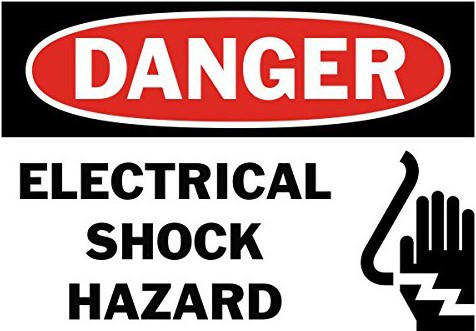NukaKola
Well-Known Member
I ordered an assload of these strips when they were on blowout sale lol. I've got some 2' double row F-Series strips and some 2' single row H-Series strips. These lights would be built with the single row H-Series. They will be 4' x 4', one of them will probably go into a 5' x 5' tent and the others are going to be for my buddies 10' x 10' room, so we'd hang 4 in the 10' x 10' space. I will probably get the B drivers so that we can put a dimmer.
Does it matter how many single row strips I use on the 24B driver, so long as I have enough power? I was going to put 2 320's on there so I could put 16 strips. They're 22.5v each and the driver looks like it can handle 431v, if I am reading it correctly?
I guess another question I have, is that if I built the 4' x 4' light, it would only be about 640w with this current setup... Could I cram another 8 strips and another driver on there, or is that too much for a 4' x 4' light? I don't see too many designs calling for more than 16 strips on a light of this size, but 640w isn't really enough wattage for a 5' x 5', right? I only have that much in there now and it seems to have worked really well, buds are super tight and got some fat colas, but based on most peoples recommendations of at least 30w / sq. ft, 640w just isn't enough for a 5' x 5'. I think this also applies to the 10' x 10' spot, it'd only be 2560w.
The C1400B driver you linked is only good for 234V. For a 5x5 you want around 750w so I would use a HLG-480H-24 paired with an HLG-320H-24. You might as well make the fixtures 4’x5’ if you intend to cover 5x5 areas.

